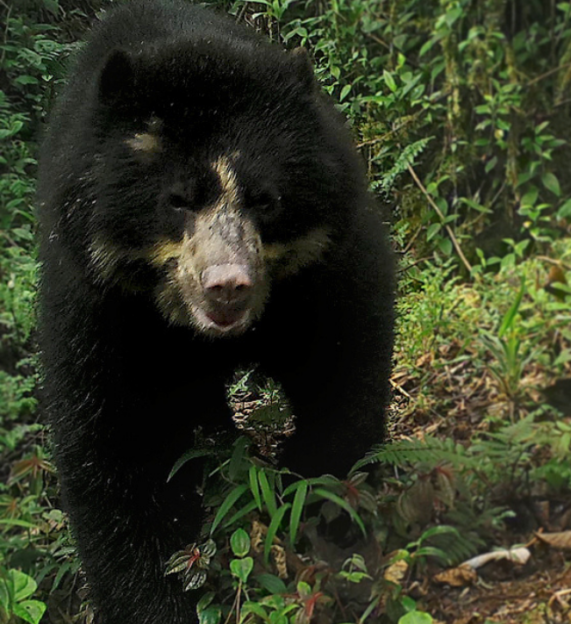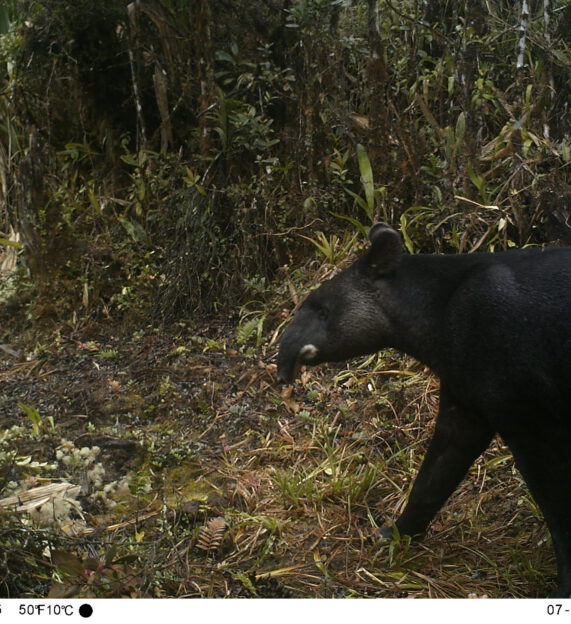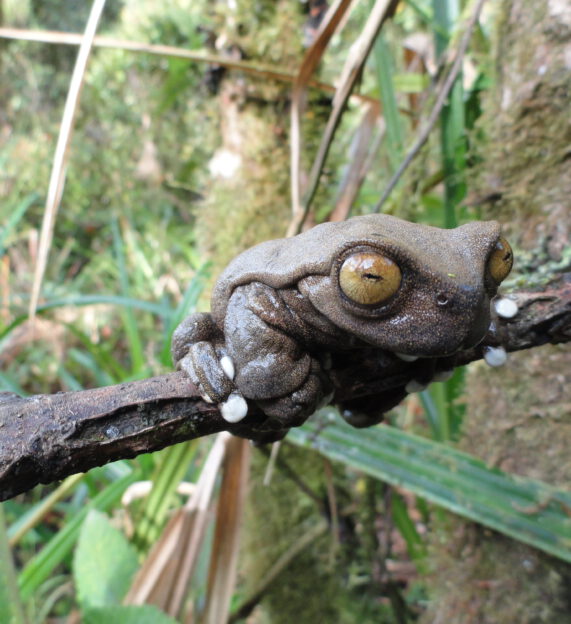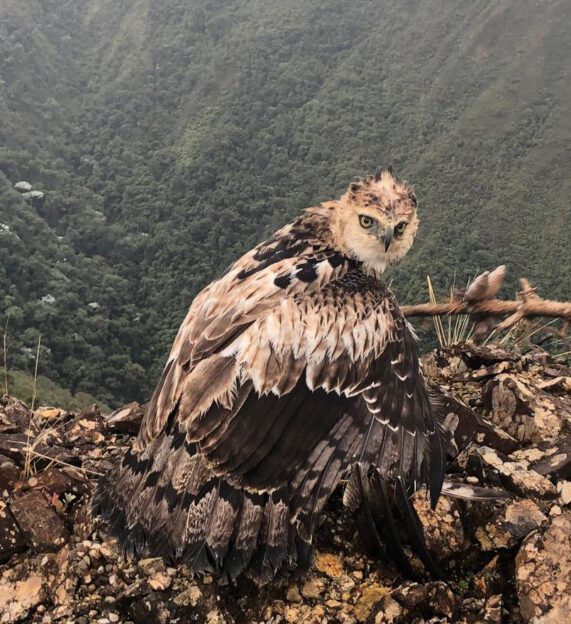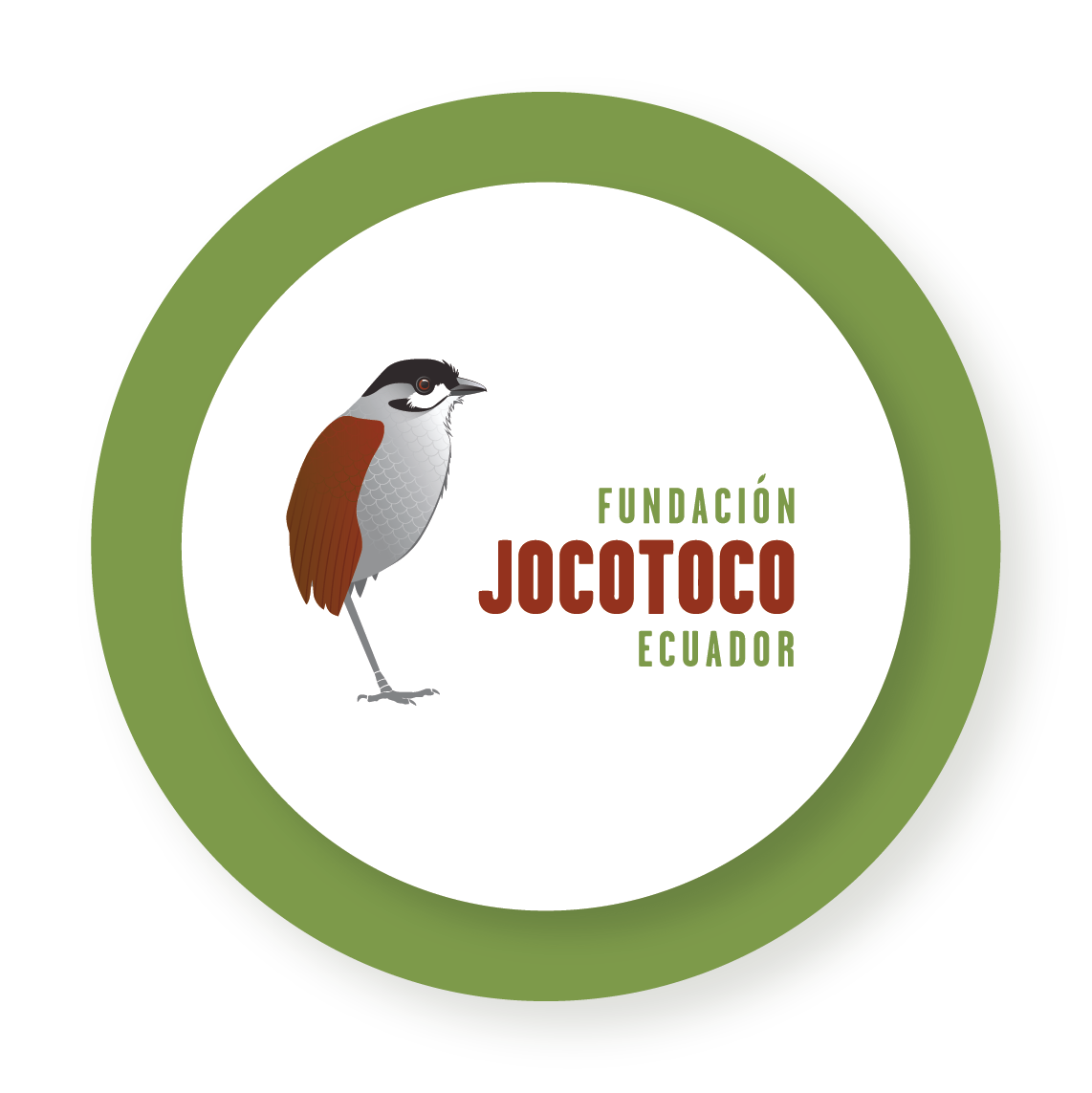About the Threat
Deforestation
If the land is not purchased and protected, it would quickly become deforested and many species would become extinct. The annual deforestation rate in southeastern Ecuador is 2.86% (Tapia-Armijos et al. 2015). Population growth coupled with accelerated change in land use have caused widespread deforestation and fragmentation in the area. In Zamora-Chinchipe province, there has been a 17% increase in the human population from 1990 to 2010 (Pohle 2008). Additionally, 44% of the population works in agriculture, livestock, and forestry, with livestock being their main economic activity. These threats have contributed to the decline of the mean patch size of remaining forests from 15.1 km2 to 1.4 km2 in the period 1976–2008 in southeastern Ecuador (Tapia-Armijos et al. 2015). If not protected, widespread habitat loss will threaten to interrupt species’ gene flow and dispersal among protected areas.
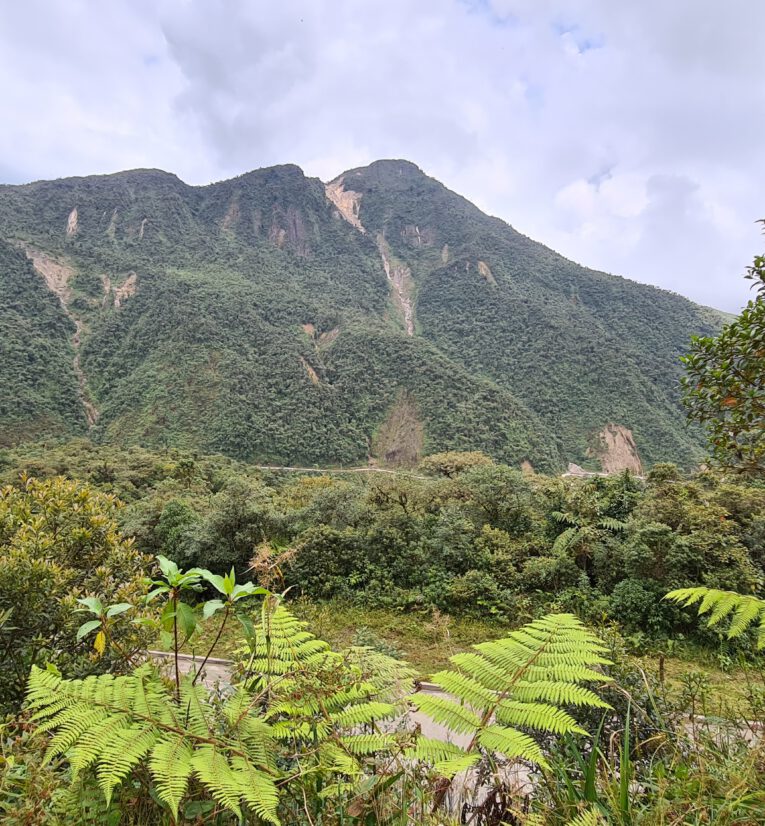
About this land
Why Vote for This Habitat
The Tapichalaca Reserve protects the upper tropical cloud forest and páramo grassland habitat. The very wet micro-climate of Tapichalaca explains why many species are found here that are patchily distributed and very difficult to find elsewhere, even in neighboring areas. The reserve is home to many threatened animal and plant species, ranging from large mammals like the Endangered Mountain Tapir (Tapirus pinchaque) and the Vulnerable Spectacled Bear (Tremarctos ornatus), to birds like the iconic Endangered Jocotoco Antpitta (Grallaria ridgelyi) and Black-and-chestnut Eagle (Spizaetus isidori), to endemic plants like the Critically Endangered Bomarea longipes and various orchid species.
The reserve fulfills a very important and strategic role as it connects the only two large national parks, Podocarpus and Yacuri. Fundación Jocotoco want to expand Tapichalaca by acquiring a series of properties located south of the reserve. These acquisitions will create connectivity and protect the key habitat of a large range of threatened species.
Backed by: Scientific Advisory Committee
Cost of Land Purchase
Total Amount requested
$50,000 US
Minimum purchase
$50,000 US
Size of suggested purchased land of this application
57 ha
Minimum size that can be purchased
57 ha
Local Partner NGO
Status of registration of the group at the national level
Nonprofit foundation in Ecuador
Governance and management structure of the group
Fundación Jocotoco was founded in 1998 to protect the most threatened ecosystems and species in Ecuador. Jocotoco is governed by an independent, international board of 15 people from six nationalities. The board — of which 40% are Ecuadorian — includes scientists, people with business or tourism backgrounds, as well as career diplomats. The board generally meets twice a year. Each year, PwC audits Fundación Jocotoco on a pro bono basis.
Fundación Jocotoco owns two subsidiary companies, Jocotours and Jocoambiente, whose profits are used to achieve the mission of Fundación Jocotoco. Jocotours runs five lodges and one café at reserves owned by the foundation. Approximately 6,000 people visit our reserves each year.
Map. Tapichalaca Reserve outlined in green, Yacurí and Podocarpus national parks outlined in yellow west and north of Tapichalaca, respectively. Orange properties are those that we acquired within the last 18 months. The white outline shows our strategy for expanding the reserve.
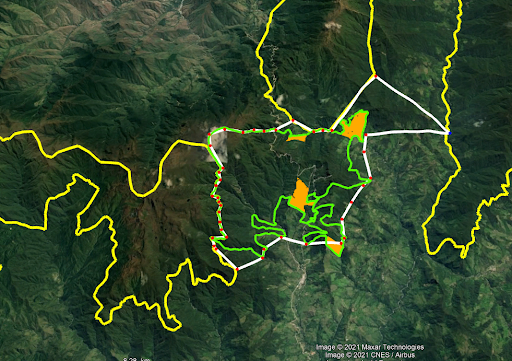
Conservation Plans
Fundación Jocotoco has developed four ways to support land management in the long-term.
First, the Casa Simpson Lodge, an operating tourism facility within Tapichalaca, covers 30% of the reserve´s operating budget.
A second source of revenue comes from the research station, which houses up to 10 researchers.
Third, Fundación Jocotoco is developing a pre-feasibility study on issuing carbon credits. Annual payments for carbon offsetting should pay for the maintenance of the reserve.
Finally, Fundación Jocotoco has excellent relationships with local communities and local authorities. They are developing sustainable land uses in the buffer zone around our reserve to improve livelihoods while reducing the environmental impact. Jointly with APECAP, the association of local coffee producers, they have reforested 10,000 native trees on their coffee fincas below Tapichalaca Reserve in order to increase tree cover.
In addition, Fundación Jocotoco has collaborated with local authorities to establish a municipal reserve that improves the protection of the highly threatened ecosystem around and including Tapichalaca Reserve. Taken together, these activities will ensure the long-term sustainability of the land.
